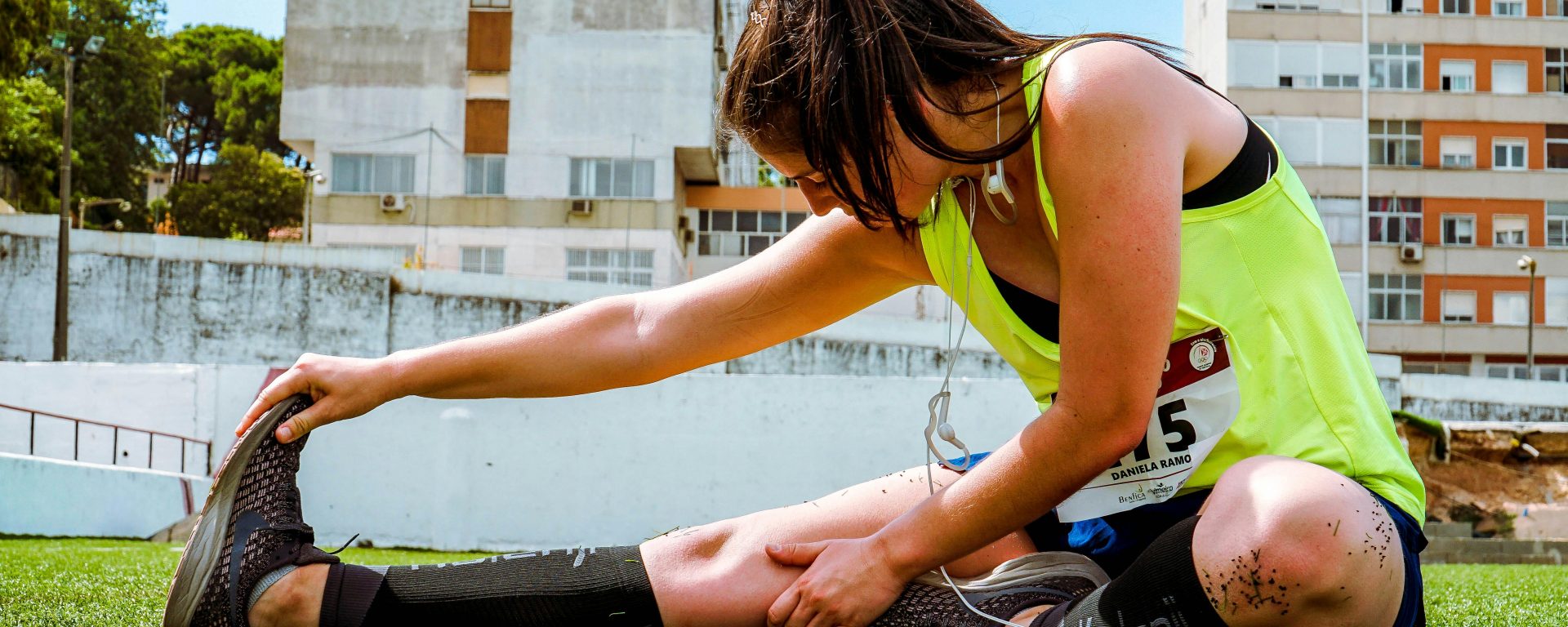In 2004, a randomized controlled trial conducted by J.B. Feland and H.N. Marin investigated the efficacy of submaximal contractions in contract-relax proprioceptive neuromuscular facilitation (CRPNF) stretching for enhancing hamstring flexibility. The study aimed to compare the effectiveness of submaximal contractions with maximal voluntary isometric contractions (MVICs) in improving hamstring flexibility.
The trial involved 72 male participants aged 18-27, all of whom demonstrated tight hamstrings, defined as the inability to achieve 70 degrees of hip flexion during a straight leg raise. These participants were randomly assigned to one of three treatment groups: Group 1 (20% of MVIC), Group 2 (60% of MVIC), and Group 3 (100% MVIC). Additionally, a control group consisting of 12 subjects received no stretching intervention.
Subjects in Groups 1-3 underwent three separate six-second CRPNF stretches at the designated intensity level, with a 10-second rest between contractions, once daily for five days. Hamstring flexibility was assessed using goniometric measurements via a lying passive knee extension test both before and after the stretching intervention to determine changes in flexibility.
The results revealed a significant improvement in flexibility for all treatment groups, as evidenced by paired t-tests. Furthermore, a comparison of least squares means indicated no significant difference in flexibility gains between the treatment groups. Notably, all treatment groups exhibited significantly greater flexibility improvements compared to the control group.
In conclusion, the study suggests that CRPNF stretching utilizing submaximal contractions is equally effective in enhancing hamstring flexibility as maximal contractions. Moreover, employing submaximal contractions in PNF stretching may potentially mitigate the risk of associated injuries. These findings offer valuable insights for optimizing stretching protocols and improving flexibility while minimizing potential adverse effects.
Reference: Feland, J. B., & Marin, H. N. (2004). Effect of submaximal contraction intensity in contract-relax proprioceptive neuromuscular facilitation stretching. British journal of sports medicine, 38(4), e18-e18.
